If you’re paying attention to the fashion weeks in 2022, you may notice that Altuzarra, Maryam Nassir Zadeh, and Jacquemus have all introduced plus-size clothing. In addition, Jonathan Simkhai has started using plus-size models in its collections as well. Yumi Nu, Paloma Elsesser, Devyn Garcia, Precious Lee, and a host of other up-and-coming plus-size female models are also gaining more popularity.
The rise of plus size female models seems to indicate a change in the fashion world – where slim and thin are always in style. The emergence and acceptance of “plus-size women’s apparel” and “plus-size supermodels” signify a revolution against the conventional slim and slender aesthetics and a new cycle of dressing freedom.
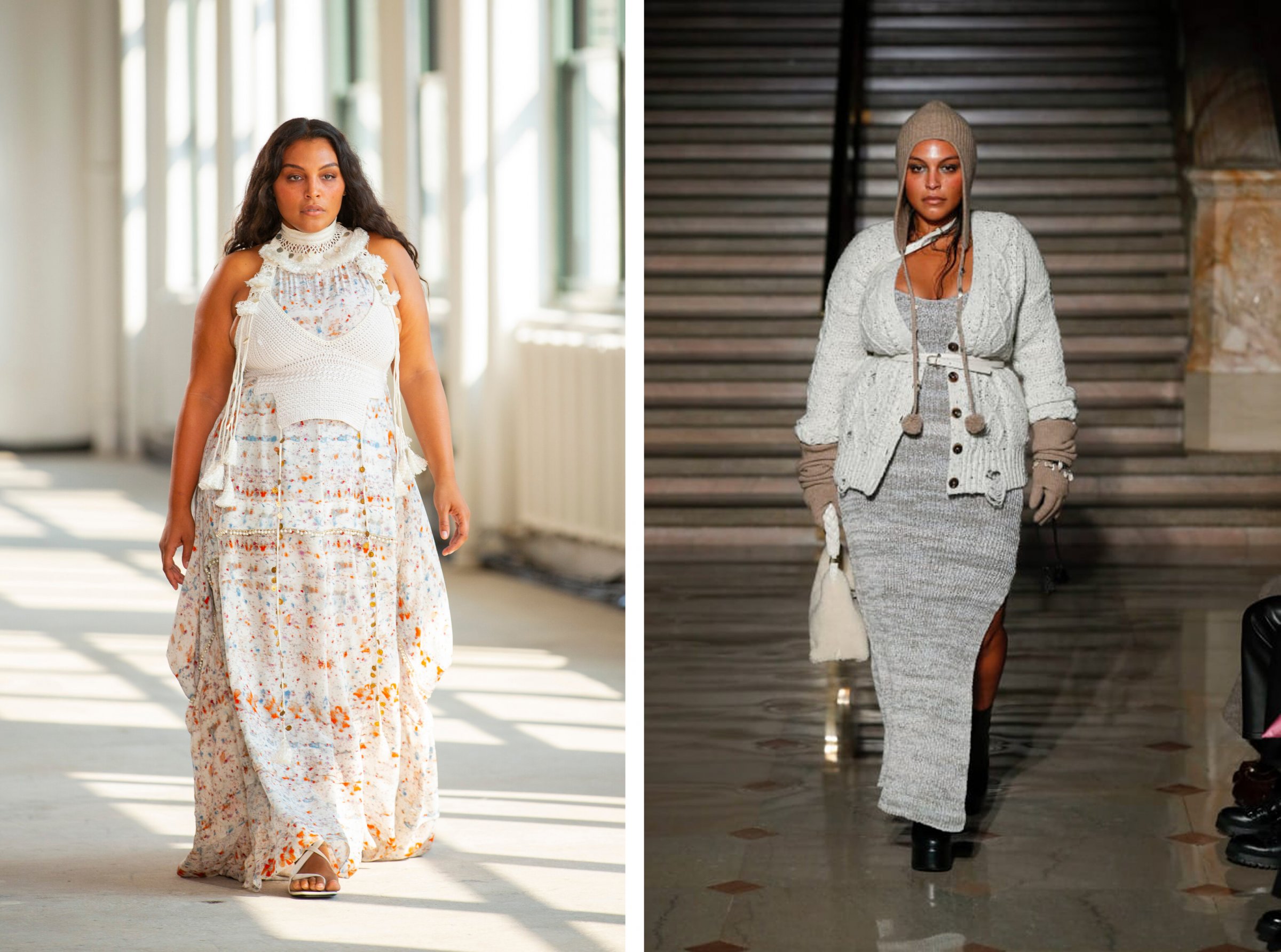
01 What can we learn from Brandy Melville?
Brandy Melville, a fast-fashion brand from Italy, is undoubtedly the mainstay of the young and thin aesthetic in recent years. With worldwide sales exceeding $669 million in 2019, the brand’s “one-size-fits-all” sizing policy has been the key to its success. A blogger previously created a size correspondence chart demonstrating that a female of 160CM should weigh no more than 43KG if she has to wear BM garments.
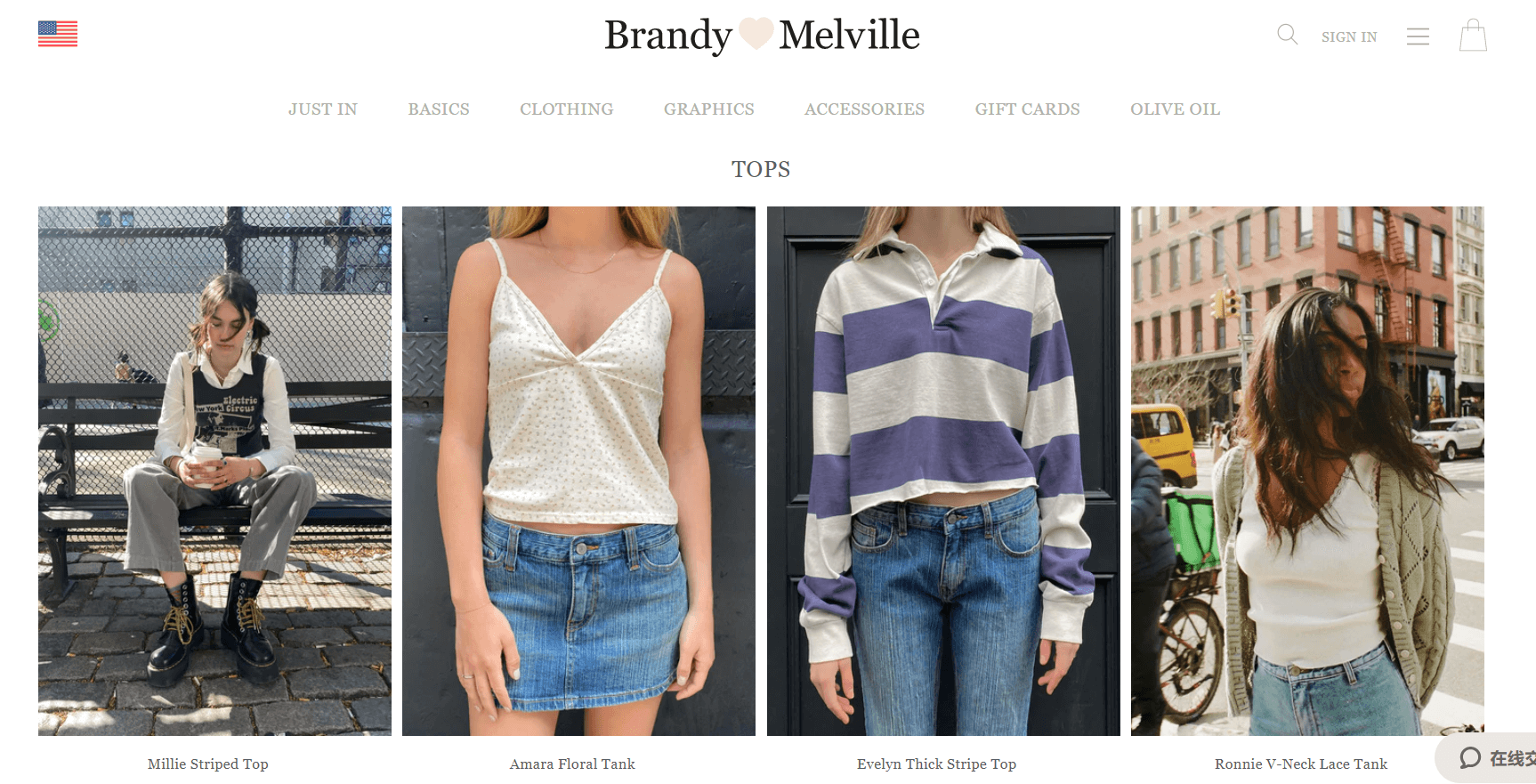
It’s worth noting that Brandy Melville didn’t work with any well-known superstars for advertising. Brandy Melville, a huge success on the social platform Instagram, seems to have become the “social currency” for a new generation of young people. Many teenagers go on a crazy diet to be able to wear the brand’s clothes. Because being able to wear Brandy Melville seems to mean, they have a slim and beautiful body.
Brandy Melville’s success actually represents that in this Internet era, consumer needs are more easily seen and catered to directly by brands. Especially in this current post-epidemic era where sales are low. At this time, brands urgently need to find a “second growth curve” and focus on reclaiming vertical segments of the market.
Brandy Melville’s “thin” fashion is the reverse of “plus-size fashion,” which has been spoken about but has never been a trend. According to NPD, a North American statistical research firm, oversized clothing in the U.S. alone is growing at twice the rate of overall apparel. Allied Market Research estimates that the worldwide plus-size clothing market generated $48.099 billion in revenue in 2019 and is projected to reach $69.671 billion in 2027. This means that the plus-size market is growing at a CAGR of 5.9% during the forecast timeframe.
Under the consumer upgrade, brands are grabbing the hill in their respective market segments. The plus-size women’s clothing in the vertical category market is getting enormous attention and has been revitalized with strong development potential.
02 Trendy clothing is a mirror of public aesthetics
As a general rule, the style of popular clothing often represents the popular aesthetic of an era. The development of Brandy Melville is clearly riding on the young and thin aesthetic, as research shows that after World War II, the mass media increasingly promoted a slim body image as the ideal choice for women.
But recently the brand was exposed by dozens of current and former employees who revealed that its corporate hiring included racial and body image discrimination and that executives even asked employees to change clothes when being interviewed. Furthermore, these executives were also suspected of sexual assault. This revelation provoked a storm of public backlash. The Backlash was mostly because the public viewed these requirements as oppressive and because people’s body aesthetics are changing day by day.
These practices reminded people of the ’90s when women would ask that dreaded question: “Do these jeans make my butt seem big?” Before answering the question, you already know she mentally prepared herself to hear a negative answer.
Following the 90’s, the hourglass figure became popular after Latin diva Jennifer Lopez made it famous. Currently, its popularity is still rising as stars like Kim Kardashian and Cardi B, proudly flaunt their hourglass figures. According to Cherie Zhang, a senior fashion creative strategy consultant, this actually reflects the appearance of a “decentralized” mindset in people’s aesthetic system. It is also with the rise of social media that society has started to pay more attention to niche groups. “The spirit of ‘human-centeredness’ has been revitalized in the new era, and eventually shifted from “clothing on people” to “people on clothes”.
“People used to adapt to their attire,” but that is no longer the case.
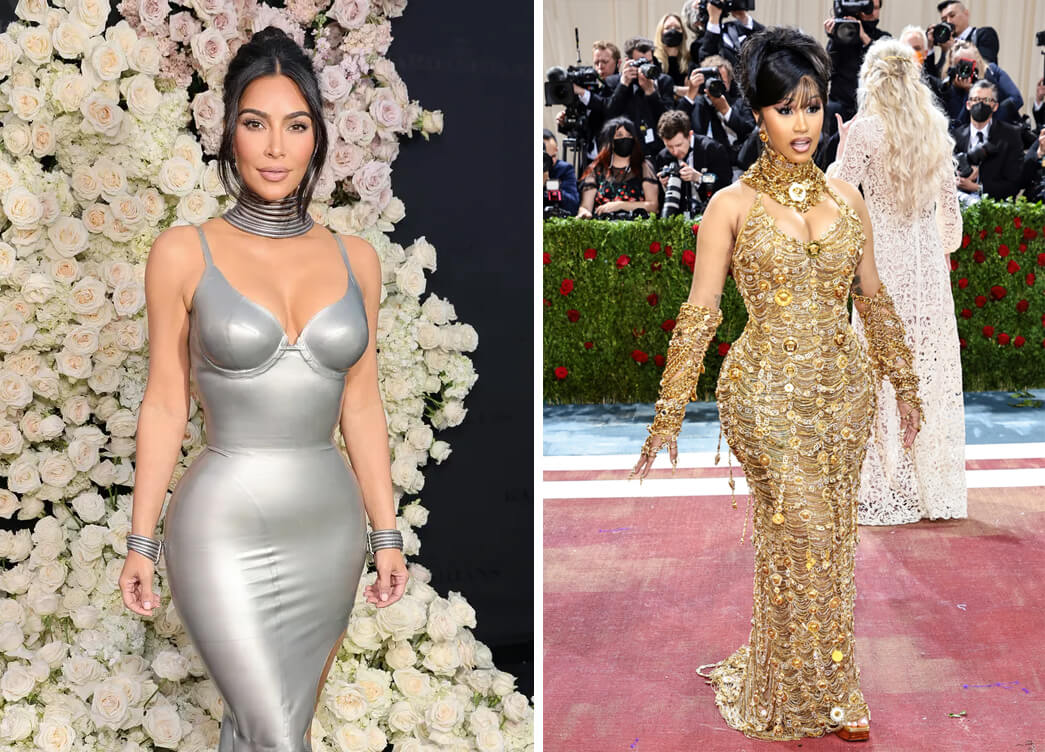
Cherie further said that people’s gradual rejection of modelled aesthetics is not entirely influenced by external forces or certain brands, but is actually driven by the evolution of social and cultural values. That is to say, it is not the emergence and rise of plus-size women’s brands or plus-size supermodels that created the “plus-size fever”, but rather society’s need for plus-size women’s brands and plus-size supermodels. That’s why fashion is the mirror of mass aesthetics.
In fact, Naomi Watanabe, known as “Japan’s No. 1 Internet Celebrity”, founded the plus-size women’s clothing brand PUNYUS in early 2014. In addition to plus sizes up to 6XL, the brand also has regular sizes such as S. With her clothing brand, she has only one goal: She wants people to stop discriminating against plus-size girls. Everyone can wear the same clothes, which is her original intention: plus-size girls also have the power to enjoy fashion.
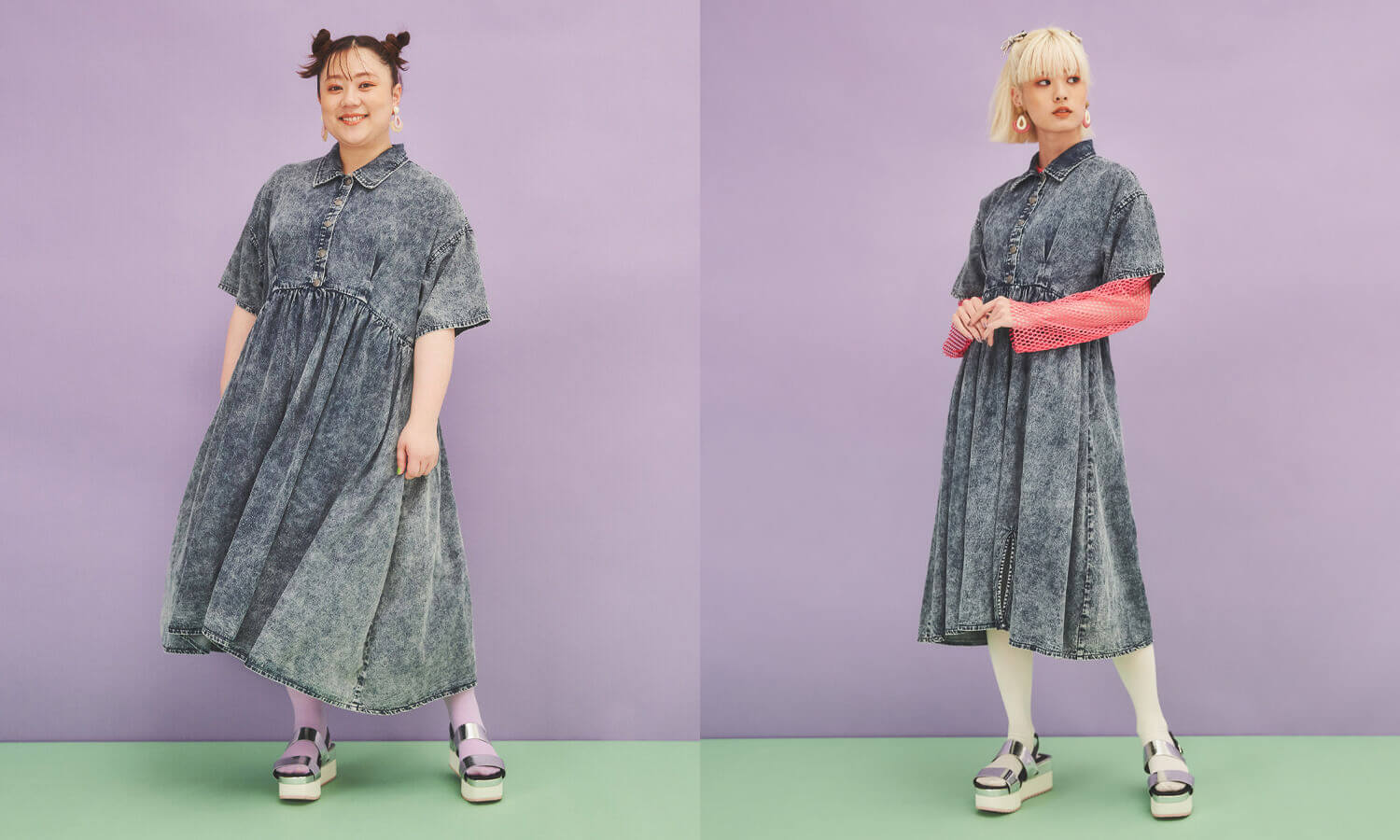
The European, American markets or the Asian market, responded enthusiastically to this plus-size brand. With their response, it became blatantly obvious that a new body aesthetic revolution is slowly kicking off.
03 The evolution of plus-size womenswear is still in its infancy
The most important consideration in brand development remains commercial interests.
Chip Wilson, the former chairman of Lululemon, once said that “selling sizes larger than 12 is a money-losing behaviour.” Interestingly, though, Lululemon Athletica ended up adding plus-sized sizes last year, following brands like H&M, Nike, Anthropologie, Asos, and Reformation.
According to the analysis of Edited, an intelligent platform for the retail market, plus-size women’s clothing, like home wear, sportswear, streetwear, etc. that are functional and comfortable, has become more attractive in the post-epidemic era.
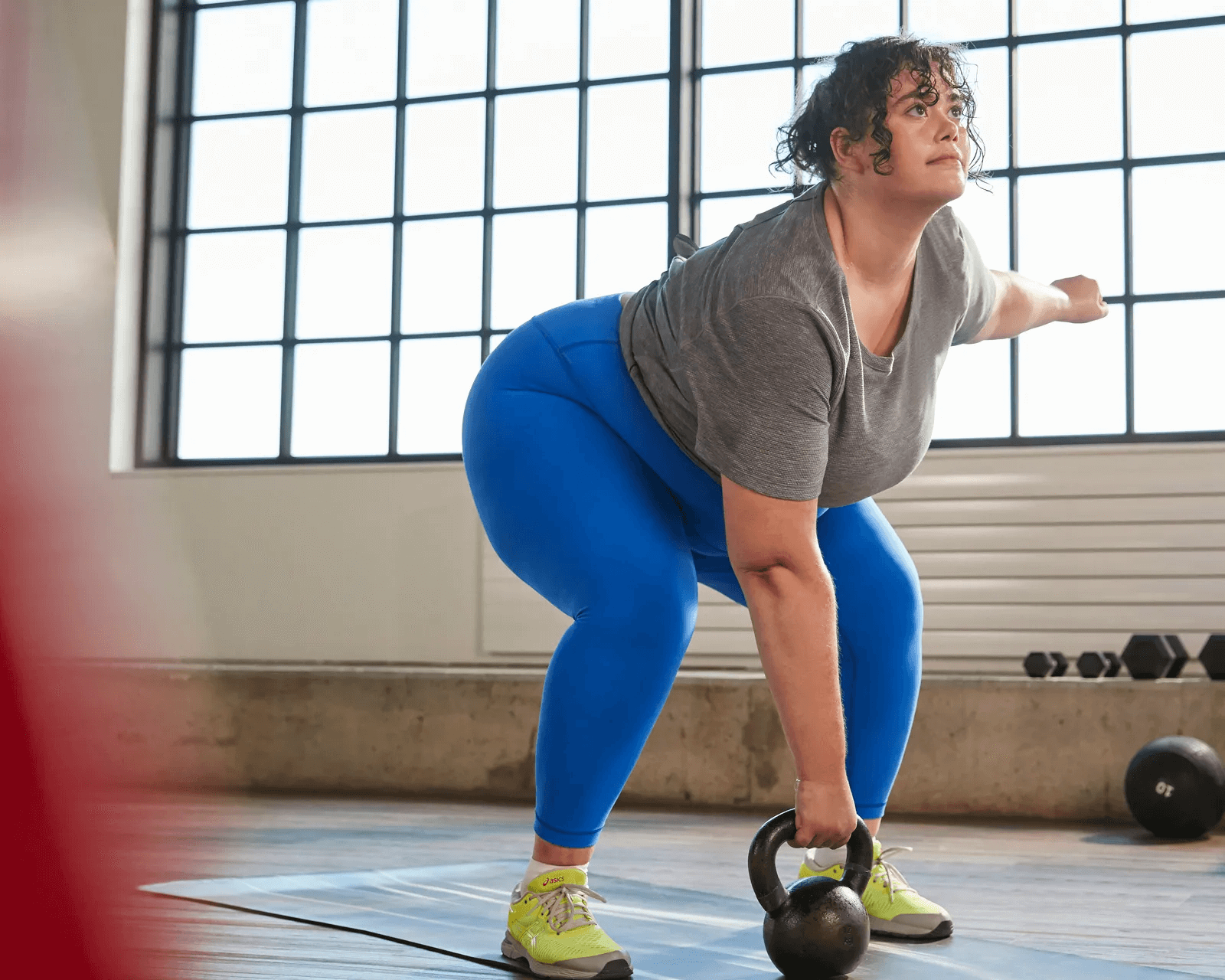
But many brands simply regard plus-size women’s clothing as an enlarged version of ordinary women’s clothing. That is because plus-size clothing lacks the special design of the layout details, which makes it difficult for plus-size people to find well-fitting plus-sized clothing. For example, some pants become wide-leg pants when the size increases. There is also a difference in visual effect by placing the same size pattern of the normal size clothes directly on the plus size clothes.
To combat this, Alexandra Waldman and Polina Veksler, founders of size-inclusive brand Universal Standard, developed their own technology called micro-grading to make plus-size clothing. This technology is more granular than standard-size formula grading. It is sub graded between each traditional size, and new sizes are developed based on fit models.
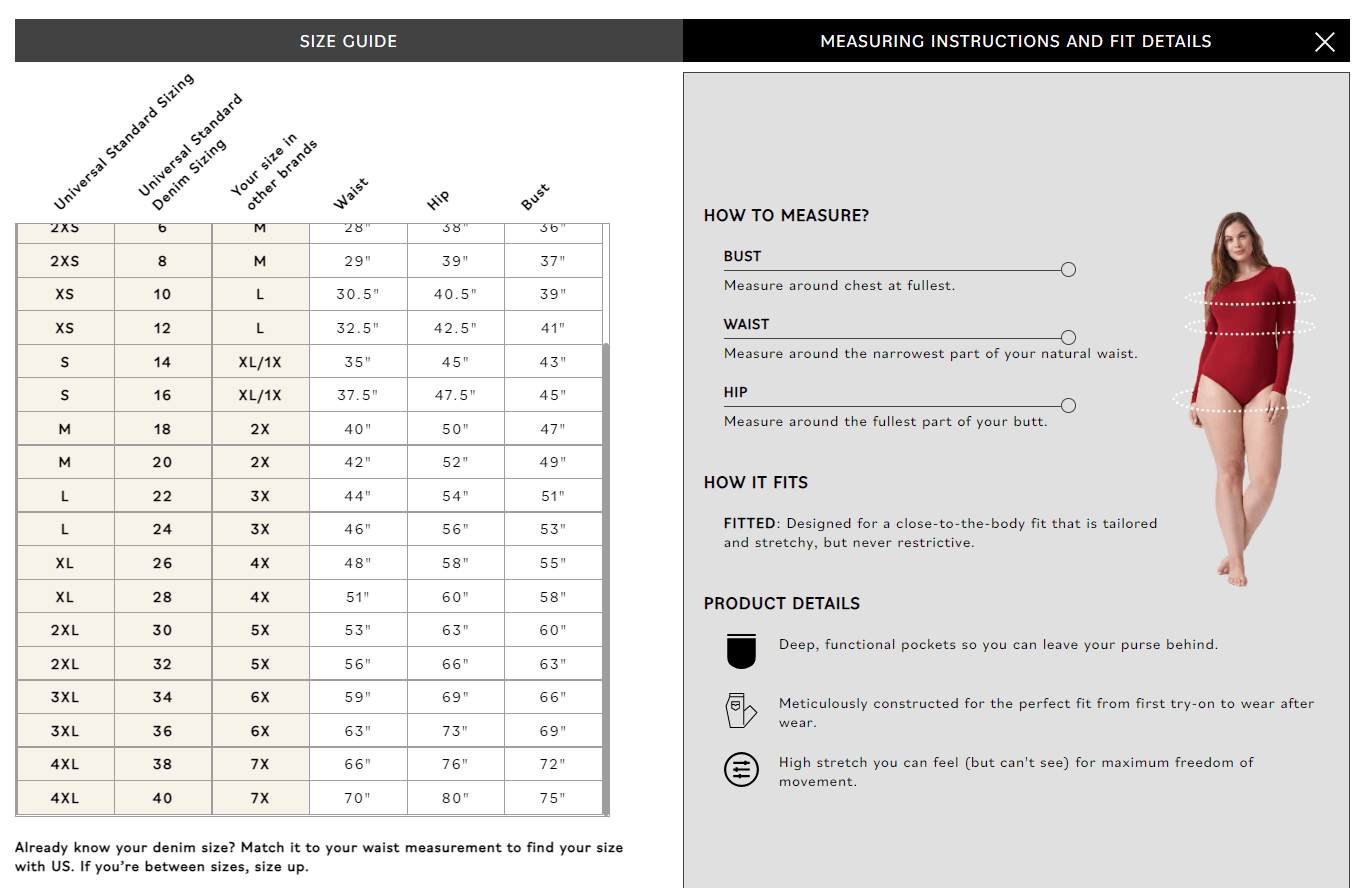
Alexandra Waldman revealed that factories often lack experience when it comes to making extra-long garments. For example, looms usually don’t support making sweaters in large sizes, especially if you want to make something seamless. Hence, plus-size garments tend to be more expensive to produce, not just because more fabric is used, but also because it requires more specialized manufacturing techniques.
Data analysis shows that the total price of oversized clothing in the United States is 10% higher than the price of regular-size clothing, and outerwear has the largest difference. In the UK, plus-size clothing is marked up by around 7% – which means that the audience of plus-size clothing is paying an additional “fat tax”.
This “fat tax” is also shown in the capital market. Last July, Ascena Retail of Lane Bryant, the leading plus-size clothing retailer in the U.S., filed for bankruptcy protection with plans to close more than 150 stores. More broadly, in the fashion market as a whole, in an era of layoffs and cost-cutting, the higher manufacturing costs of plus-size clothing may discourage investors from stepping in.
Design and production technologies that need to be broken through, as well as higher production costs, are becoming the threshold for brands trying to enter the field of plus-size clothing. However, the threshold means that this field still has broad development prospects to enter the game with people with minds.
It’s also worth mentioning that Universal Standard says their “micro-rating” strategy has resonated with Generation Z. It is reported that US Gen Z consumers buy clothing about twice a month. The percentage of U.S. teens buying plus-size is on the rise, and the brand’s sales to 18-24-year-olds outpace all other demographic groups. This shows that “plus-size clothing” and “young image” are not contradictory.
The huge market prospect still needs to break through the industry bottleneck. More and more consumers are paying attention, eager to try, and slightly conservative capital attitude, all of which show that the development of plus-size women’s clothing is still in the initial stage, but it has already made a good start.
04 Freedom of dress
Many voices in society who are not optimistic about plus-size women’s clothing. Some netizens believe that this will prompt people to no longer care about having a healthy, slim body,
which will lead to a surge in the number of obese people. And obesity is not healthy in any way. Some people also believe that no matter whether it is thin or fat, as long as there is a so-called mainstream aesthetic in society, women’s fashion will always be scrutinized.
Fashion lover Amy Li shares her opinion: Style can be a label, but not a limitation. When the BM style changes from the freedom to dress naked to the accomplice of body anxiety, it becomes a limitation that makes all women feel tucked in. But we can’t say that wearing plus-size women’s clothing is a form of freedom of dressing, and wearing BM style is not. But consumers can choose the clothes they want to wear according to their body characteristics and preferences, which is the freedom of dressing. Because everyone, whether small or plus-size, should have the right to dress how they want and feel beautiful.
Aesthetics are not good or bad, only different. Clothing is the most straightforward expression of an individual’s aesthetics and will. The degree of tolerance for individual aesthetic diversity also mirrors the openness of society to different body types and clothing sizes. It is precisely because the public has a higher vision and can understand the difference, that there is a fashion that blooms with a hundred flowers.
From the brand’s point of view, it is best to advocate and encourage consumers to understand individual aesthetic diversity with a more positive attitude. Obviously, it should not only be understood as the deep cultivation of the vertical market but also contribute to the construction of a more open and inclusive society.
So dear readers, what do you mean by freedom of dressing?
